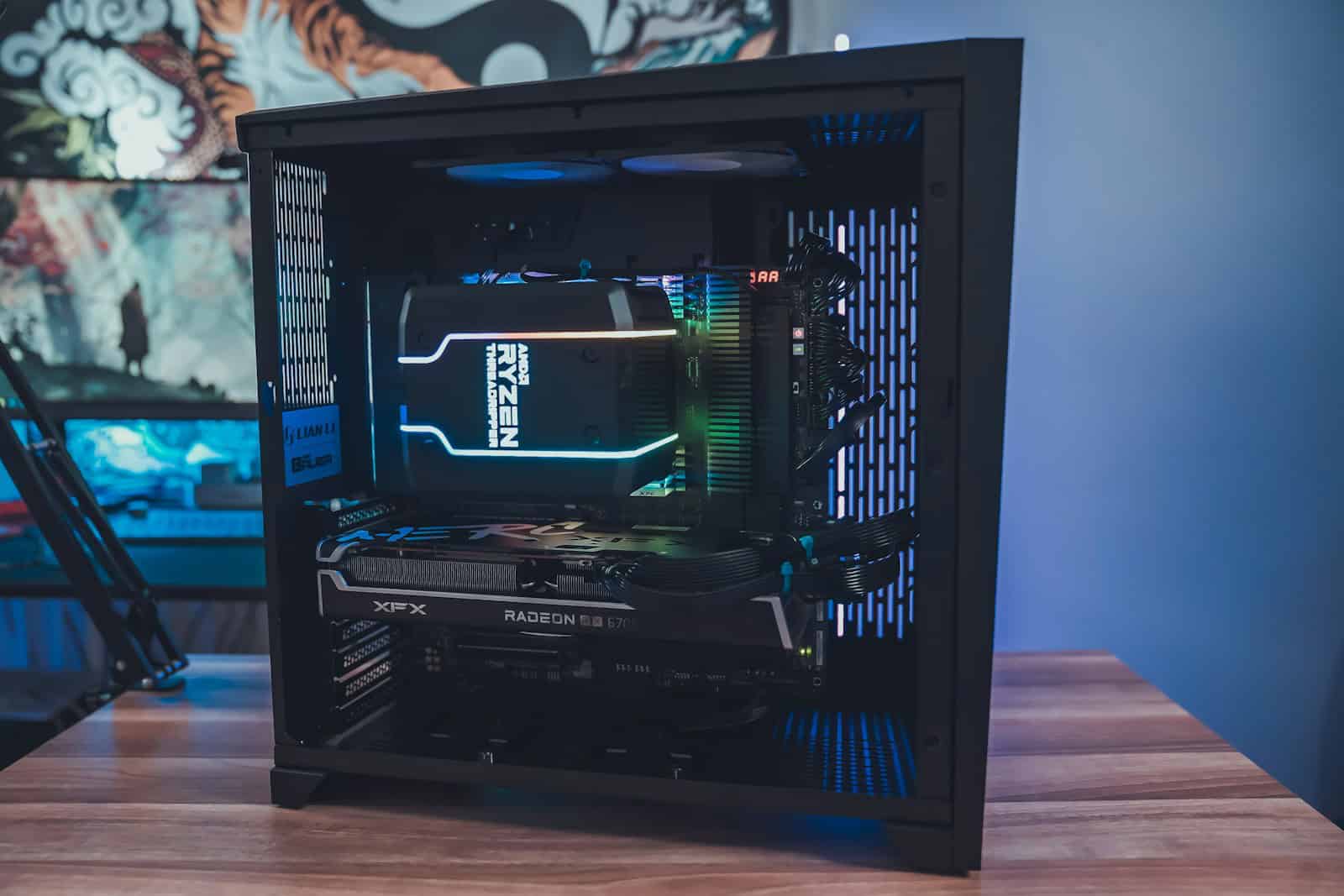If your Windows PC is randomly shutting down and restarting, it could be a sign of a problem that needs attention to prevent data loss or hardware damage. The issue could be caused by faulty hardware or software glitches. To fix the problem, you’ll need to figure out what’s causing it. You can do this by checking each part of your PC to see if it’s the cause or if it’s a software-related problem. Troubleshooting the issue involves checking the essential hardware and software settings. You might need to start with the bare minimum hardware and adjust software settings to stop the random shutdowns. You can often solve these issues on your own by carefully following some steps. You usually don’t need expert knowledge to do this.
Troubleshooting a PC That Keeps Restarting
A PC that keeps turning on and off repeatedly can be a frustrating problem. However, it’s usually caused by a few common issues.
Possible Causes
| Cause | Description |
|---|---|
| Overheating | Dust buildup or a failing fan can cause the CPU to overheat and shut down to prevent damage. |
| Power Supply Issues | A faulty power supply unit (PSU) may not provide enough power or stable voltage, causing the PC to restart. |
| Loose Connections | Loose cables or components can disrupt the flow of power or data, leading to instability and restarts. |
| RAM Problems | Defective or incompatible RAM modules can cause errors that lead to restarts. |
| Software Issues | Corrupted drivers, operating system files, or malware can interfere with the system’s operation and cause restarts. |
| BIOS Settings | Incorrect BIOS settings can lead to instability and restarts. Resetting the BIOS to default values may resolve the issue. |
Troubleshooting Steps
- Check for overheating: Clean the PC’s interior, including the fans and heatsinks, to remove dust buildup. Ensure all fans are working properly.
- Inspect power connections: Ensure all power cables are securely connected to the PSU and components.
- Reseat components: Carefully remove and reinsert RAM modules, expansion cards, and other components to ensure proper contact.
- Test the RAM: Run a memory diagnostic tool like MemTest86 to check for errors in the RAM modules.
- Update drivers and software: Update your operating system, drivers, and BIOS to the latest versions.
- Scan for malware: Run a full system scan using reputable antivirus and anti-malware software.
- Reset BIOS settings: If the issue persists, reset the BIOS to default settings.
- Replace faulty components: If the problem continues, it may be necessary to replace the PSU, RAM modules, or other faulty components.
If you’re unable to resolve the issue yourself, seek assistance from a qualified computer technician.
Key Takeaways
- Random shutdowns or restarts need prompt attention to prevent damage or data loss.
- Troubleshooting begins with diagnosing hardware and software to isolate the issue.
- Systematic checks enable users to fix the problem often without expert help.
Diagnosing and Troubleshooting
When a PC turns on and off intermittently, diagnosing the issue carefully is crucial. The following steps guide through the process to identify and resolve common problems related to hardware and software.
Identifying Common Issues
Computers might restart or shut down due to issues such as overheating, power supply problems, or system file corruption. Check if the fans run loudly or if the device feels hot to touch. Listen for unusual beeps at startup which can indicate a hardware problem.
Checking Hardware Components
First, inspect the power supply and ensure cables are intact and properly connected. Examine the RAM by removing and reseating it, making sure it clicks into place. Look at the hard drive, GPU, and other components for damage. Use tools like the Device Manager to update drivers and the Task Manager to find programs that might cause crashes.
Utilizing System Tools
Windows has built-in tools to help diagnose issues. Run the Windows Memory Diagnostic to check for RAM errors. The DISM and System File Checker (SFC) scans help repair system file corruption. Check the Event Viewer for logs that can tell you what happens before a crash.
Software and Operating System Checks
Make sure your operating system is up-to-date to prevent issues caused by bugs. Run antivirus scans to detect malware. Check for software conflicts that might cause the system to restart. Use System Restore to go back to a point before the problems started if necessary.







